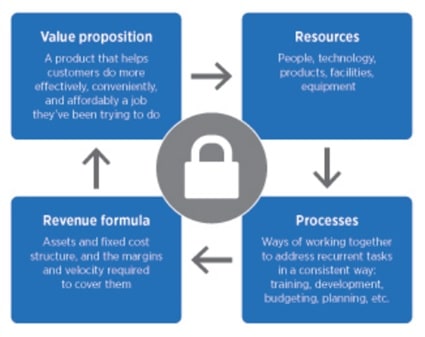Last week teacher preparation programs across the country received big news. On Tuesday, the U.S. Department of Education proposed new regulations that would put more teeth into current requirements for how states evaluate teacher preparation programs. Whereas previous regulations left states largely to themselves to decide how to evaluate schools of education, the proposed regulations would require states to rate individual teacher preparation programs—including non-traditional programs such as Teach For America—using federally-prescribed criteria. Those criteria include metrics such as graduate-placement and -retention rates, survey data from schools that hire the programs’ graduates, and evidence of student achievement growth for the K–12 students that graduates later teach. The proposed regulations would also prevent low-rated institutions from offering federal TEACH grants to their degree candidates. (Education Week provides a nice comparison of the old and newly proposed regulations.)
News coverage shows that the proposed regulations are not without controversy. Much of the debate centers on whether the proposed rating system will lead to worthwhile program improvements or to unfair sanctions and to gaming the rating system. Yet few of the voices in the debate seem to be asking some of the most important questions around the viability of the needed organizational changes.
Whether the new regulations will succeed at getting schools of education to produce better teachers depends a great deal on the nature of the changes required of these institutions. As Michelle R. Weise and Clayton M. Christensen explain in their recent work, Hire Education, the types of changes and innovations that organizations will be capable of producing largely depend on the nature of the business models they have developed through their years of operation.
[T]he starting point in the creation of any successful organization’s business model is its value proposition. For a liberal arts college, for instance, that value proposition might be to offer excellent teaching in small, intimate settings. Institutional leaders then put in place a set of resources—faculty members in different departments, dollars spent per student, buildings, labs, and other capital expenditures—required to deliver that value proposition. In repeatedly working toward that goal, processes, such as course enrollment, student recruitment, financial aid packaging, tenure promotion, accreditation management, and fundraising, coalesce that define how resources are combined to deliver the value proposition. This very complex set of elements goes through multiple iterations and cycles of change before a stable revenue formula emerges, which depends on state and federal subsidies, tuition, and endowment funds, and supports the resources and processes.
Such stability is difficult to achieve. In fact, once the four interdependent components come together to deliver education in a sustainable manner, the business model then begins to work in reverse. Instead of the value proposition driving the resources, processes, and revenue formula, the business model begins to dictate the sorts of value propositions the organization can or cannot deliver.
If improving teacher preparation programs merely requires making changes to their existing resources and processes, within their existing revenue models—such as better curriculum and coursework sequences, better partnerships with K–12 schools, and better coaching for student teachers—then a rating system that focuses them to make those improvements is likely to be effective. If improving teacher education really requires fundamentally rethinking the resources, processes, and revenue sources required for training new teachers, however, then pressure from a new rating system will likely only lead to frustration and political conflict for existing institutions.
This does not mean that a new rating system has no merit. In fact, the proposed rating systems’ focus on outcomes helps to better define the goals of teacher preparation. The challenge, however, is that merely defining goals and measuring progress toward them does not automatically imbue existing organizations with the capabilities they need in order to meet those goals. Newer institutions with different capabilities might be in a different position.



